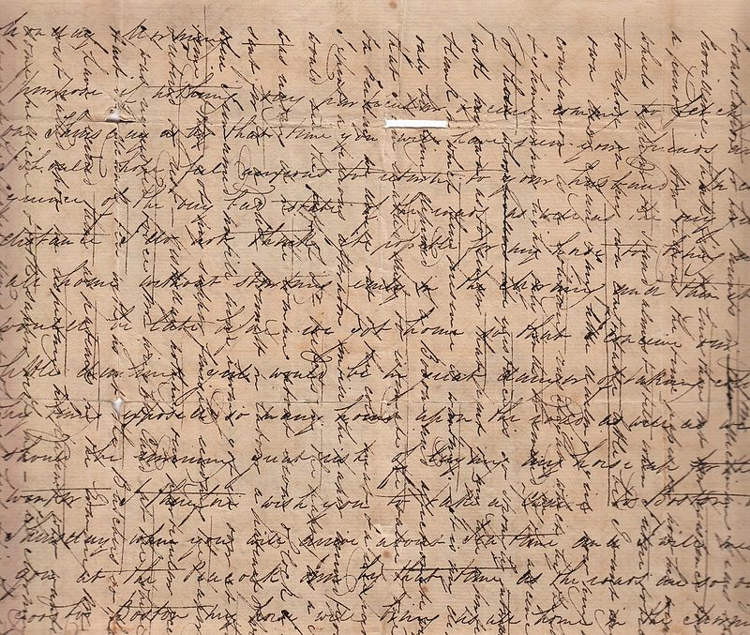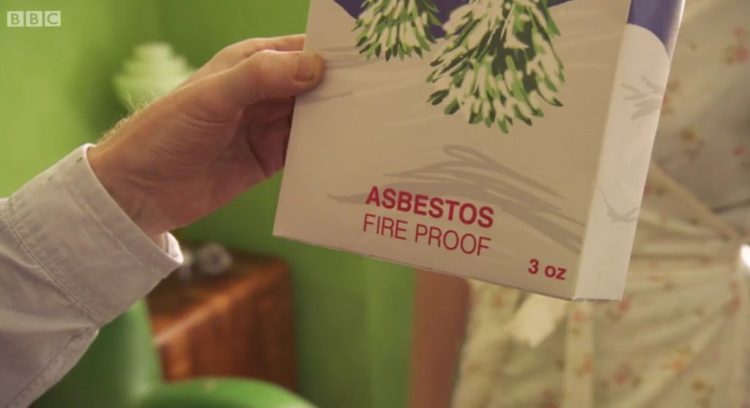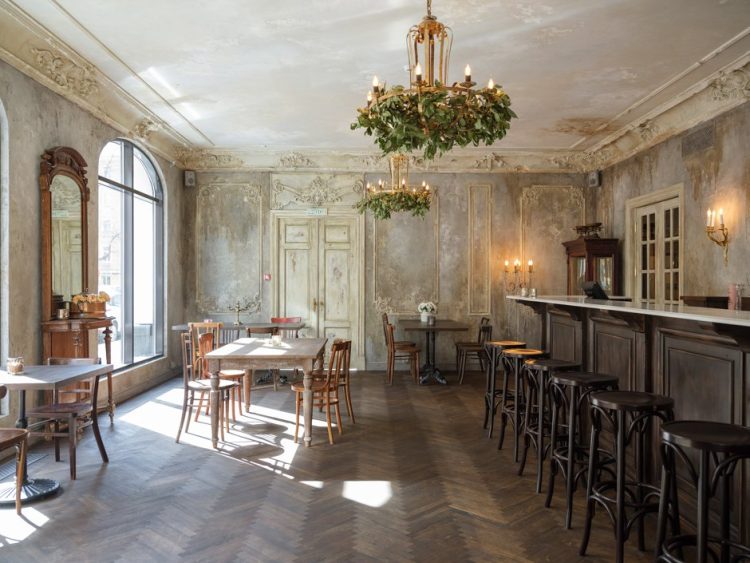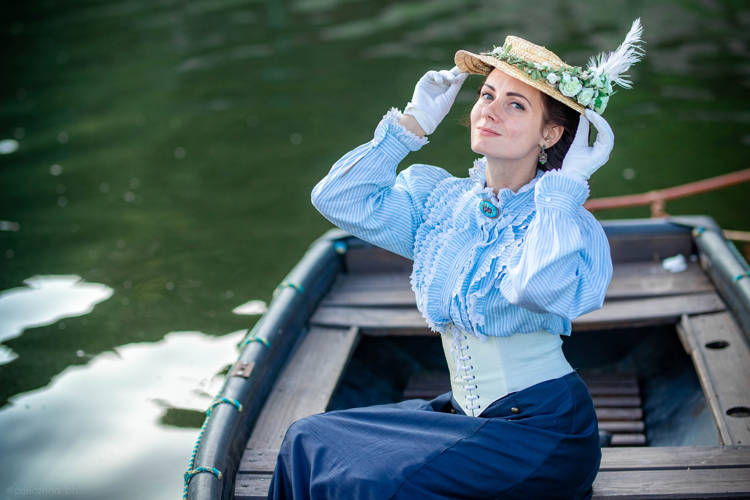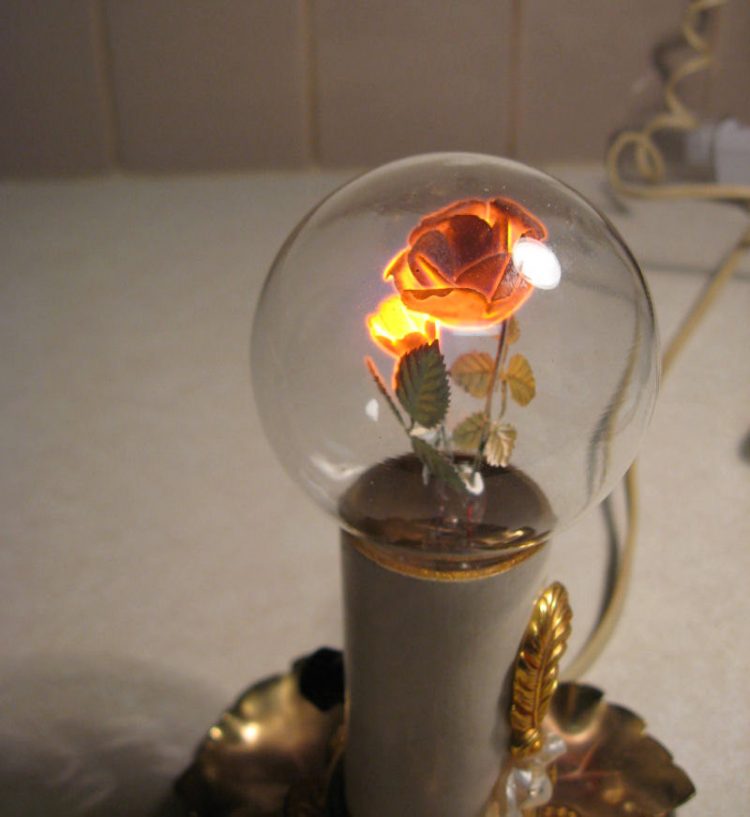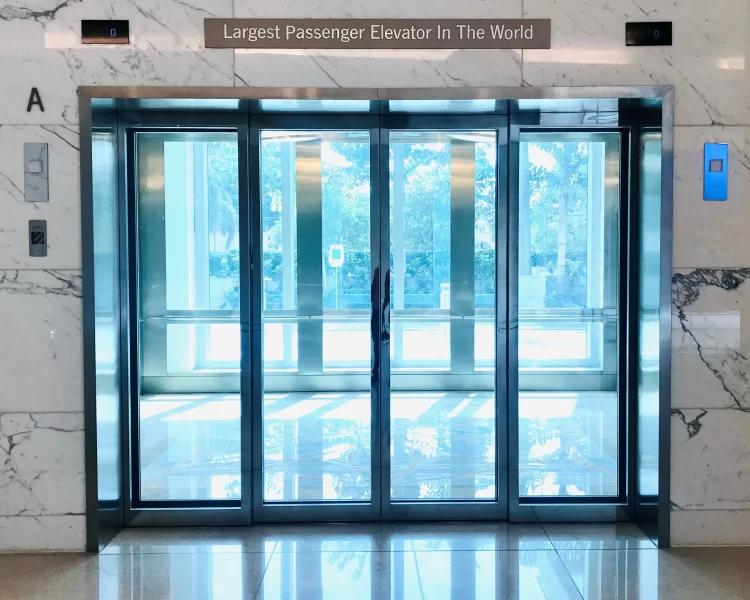Back when paper and postage charges were prohibitively expensive, people developed a technique to convey as much information as possible on as little paper as possible.
We’re privileged to live in an age when paper, writing supplies and postage fees are generally affordable, so much so that most of us take them for granted. But things weren’t always like this. Back in the Civil War era and up until the 1900s, the paper that letters were written on and the postage charges were so expensive that people had to write on a piece of paper in multiple directions in order to save money. The technique was called cross-writing, or cross-hatching, and despite seeming unreadable, back in the day everyone was used to it and could read every word with ease.

